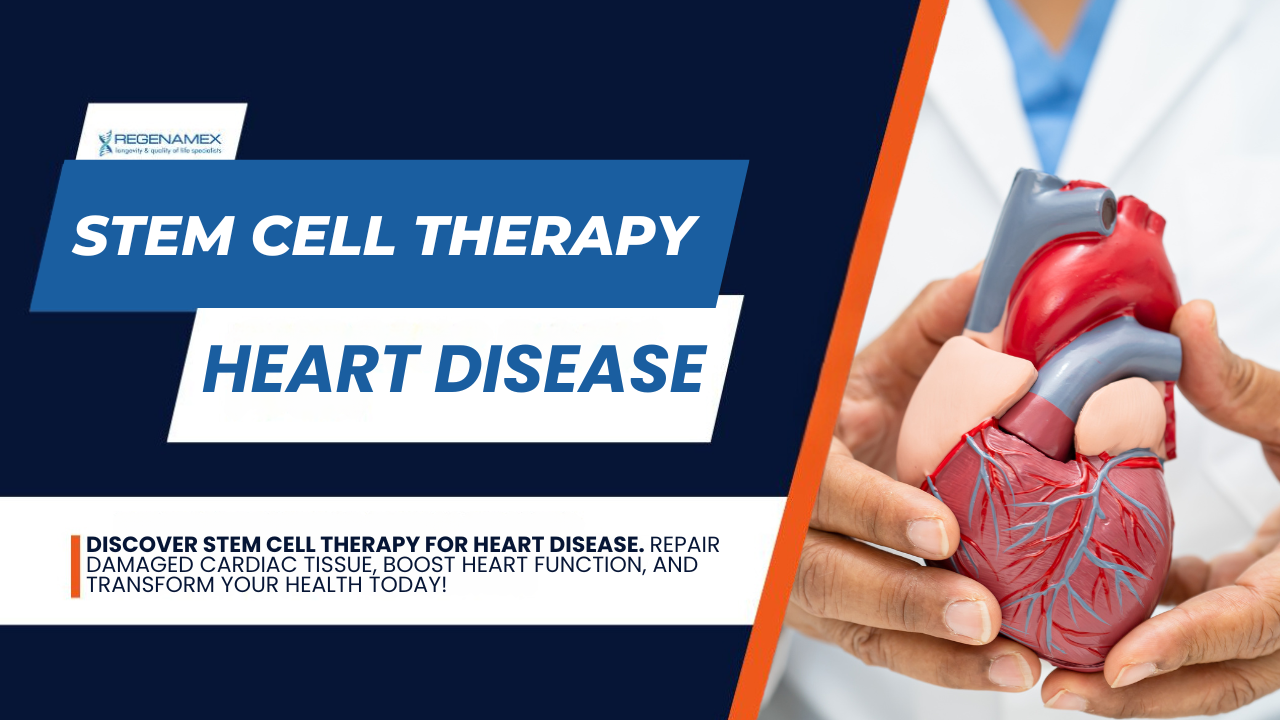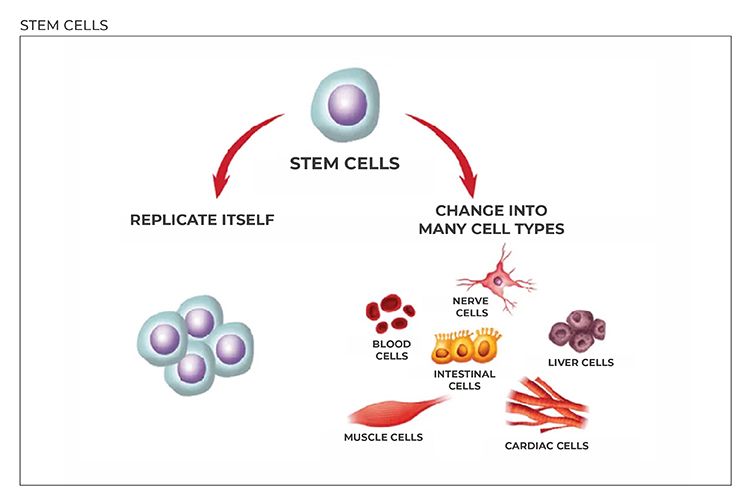Table of Contents
The writers note hurdles that stay, consisting of increasing the engraftment success and cell survival. Since the ISCI and Miller Institution are leaders around, the authors additionally worry the requirement to standardize meanings and end results procedures in the area. "The Hare Lab stays at the center of pioneering brand-new therapies in this critical clinical domain.
Now we are exploring exactly how to harness such stem cells to aid clients heal their very own broken hearts."The research is directed by the Cedars-Sinai Heart Institute, with the partnership of the Johns Hopkins University, where Dr. Marbn functioned prior to signing up with Cedars-Sinai in 2007. The 24 patients joining the study have hearts that were harmed and marked by cardiac arrest.

It takes about four weeks for the cells to multiply to numbers enough for restorative usage, roughly 10 to 25 million. In the 3rd and final action, the now-multiplied stem cells are re-introduced into the patient's coronary arteries throughout a second catheter treatment. All people in the research needed to have experienced heart attacks within four weeks prior to signing up in the study job.
Later this summer season, it is expected that 12 more individuals will certainly undertake treatments to obtain 25 million stem cells, while 6 added people will certainly be checked as controls. The initial client, Kenneth Milles, a 39-year-old controller for a small construction business in the San Fernando Valley, experienced a cardiovascular disease on May 10 because of a 99 percent obstruction in the left anterior coming down artery, a significant artery of the heart.
The procedure to grow the cardiac-derived stem cells associated with the research study was established by Marbn when he was on the professors of Johns Hopkins University. The college has actually applied for a patent on that intellectual property, and has accredited it to a firm in which Dr. Marbn has an economic rate of interest.

All financing was originated from the National Institutes of Wellness, the Donald W. Reynolds Foundation and Cedars-Sinai Medical Facility. Marbn holds The Mark Siegel Family Structure Endowed Chair and Supervisor of the Heart Institute.
How to access stem cell therapy focused on High Blood Pressure
Heart failing is an acute or persistent condition that influences millions of individuals worldwide. The most generally accepted methods of therapy usually include symptom administration and drug taken for life, so the problem triggered by the problem is heavy. Stem cell therapy for cardiac arrest has arised as a new method to deal with and take care of the core of the condition.
Nonetheless, stem cell therapy can aid to relieve symptoms and improve the heart's pumping ability. This therapy utilizes the capability of stem cells to self-regenerate and self-heal. Following the admission of stem cell injections for heart disease, numerous systems enter play: Stem cells for heart failing promote the development of specialized heart muscle cells and restore harmed tissue, enhancing the heart's pumping ability.
These are kinds of adult stem cells that are obtained from bone marrow, fat cells, and skin cells. These are the most common and well-researched types of stem cells.
These are obtained from embryos and have the pluripotent potential to change into any kind of kind of cells, consisting of cardiac ones. The major issue with these cells is that, as they are taken from embryos, they have many honest and lawful limitations and are only used in certain scenarios. for the reasons pointed out over.
Breakthroughs in stem cell therapy for Arrhythmias and what patients are saying
These cells stem in the heart and are well-suited to heart fixing. Clinical Consultant, Swiss Medica medical professional The application and therapy of stem cell therapy is composed of 5 steps: Patients start with an on-line assessment with our medical expert and are after that examined by a cardiologist, who will certainly obtain the needed medical history, do blood examinations, and demand imaging studies to establish whether stem cell therapy for heart failure is a sensible alternative.
We provide stem cells through pain-free stem cell shots for coronary infarction. An extremely trained medical professional will certainly inject processed stem cells right into the bloodstream; the whole procedure takes much less than an hour. After completing the coronary infarction stem cell therapy procedures, our patients will be kept track of for any kind of complications and results.
Table of Contents
Latest Posts
Is stem cell therapy right for Peripheral Artery Disease with regenerative medicine?
Does stem cell therapy support Heart Disease and real results
Regenerative injections targeting Atherosclerosis with minimal downtime
Navigation
Latest Posts
Is stem cell therapy right for Peripheral Artery Disease with regenerative medicine?
Does stem cell therapy support Heart Disease and real results
Regenerative injections targeting Atherosclerosis with minimal downtime